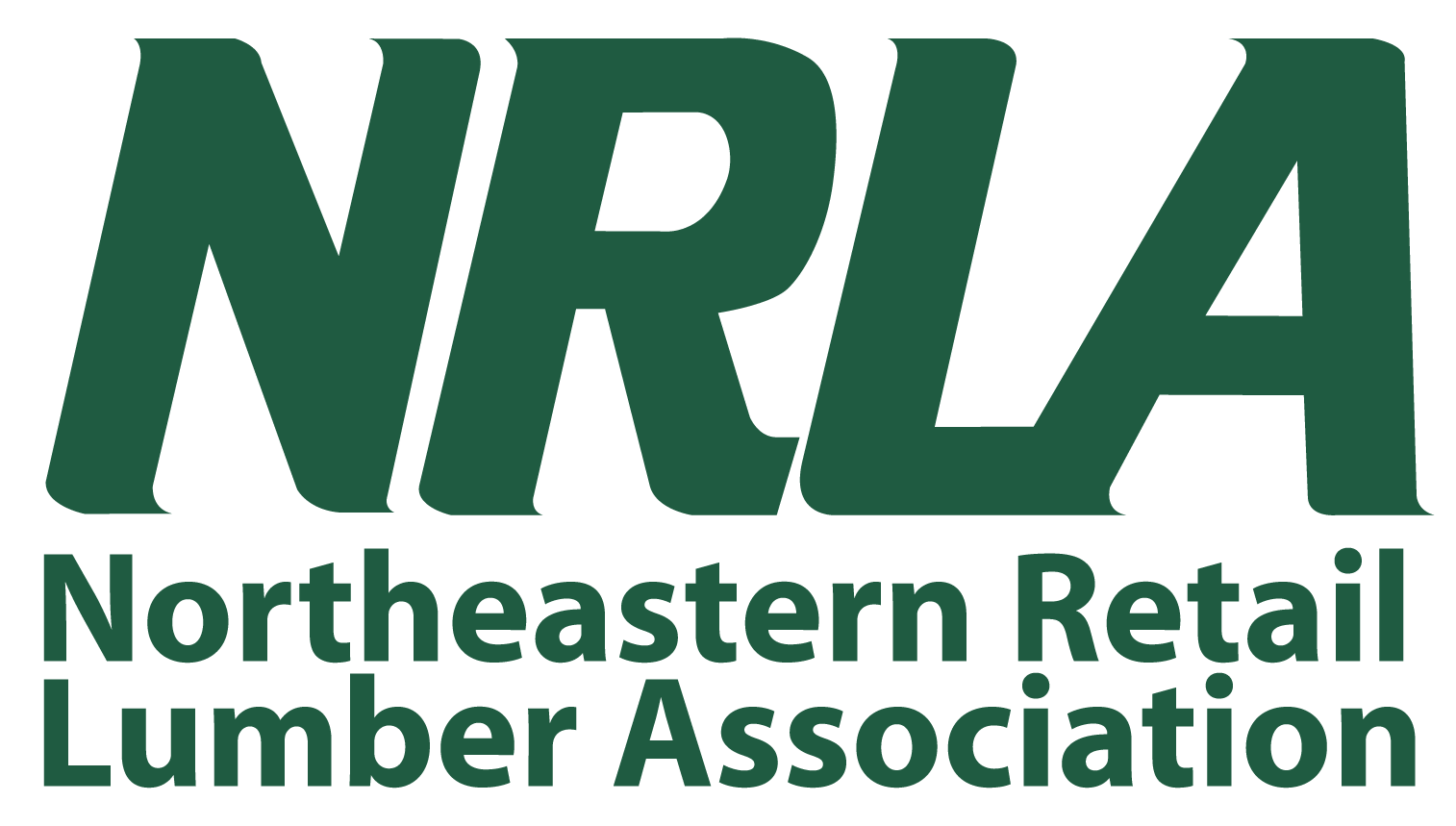Not surprisingly, fire is a leading cause of insurance claims for wood-related businesses. Wood is combustible and improperly stored or disposed-of paints, varnishes, oily rags and the wood dust commonly found in our businesses are fuel for fire. While we know more about fire risk at lumber and building material businesses and understand the safety protocols to mitigate that risk, at Pennsylvania Lumbermens Mutual Insurance Company (PLM), we continue to see fire claims increasing in both frequency and severity.
Unfortunately, rising claims are driving up insurance costs across the lumber industry and hitting business owners in the wallets. Insurers who are not accustomed to high-severity claims are exiting the niche. As a result, we have more lumber business owners in search of insurers who can issue good policies, which is driving up prices.
And business owners in a high-severity industry like lumber need comprehensive coverage. Once a fire starts in a lumber facility, a common approach for many fire departments is to let it go. A building that has flammable materials with no one inside, they often determine it does not warrant risking the lives of fire fighters. Fires at these facilities often become a total loss.
For lumber and building material business owners who want to gain an upper hand in the insurance process and obtain access to the best insurance for the best value, a good place to start is to understand the risk and how to mitigate it.
A Look at the Risk
There are a number of reasons business owners will want to get ahead of their risk exposure in addition to the fact that a fire could injure their workers or guests and damage property.
Inflation and supply chain delays are causing rebuilds and repairs to take longer and cost more. When I started my career, it would generally take three months for a lumber business to get up and running after a loss. Now, it generally takes six-to-eight months or even a year to get back into operation. Some of the larger claims I’ve worked on recently have lasted more than a year before the business owners could get back on their feet. On top of that, we are seeing the cost to build a facility has risen roughly 30-40% from just three-to four-years ago. Supplies are more expensive; labor times are longer and equipment is more difficult to secure.
Second, many policy holders in the space are finding themselves underinsured. They do not have policy limits in place that would allow for them to rebuild the existing structure after a total loss. The claim costs come in and they find that their insurance policy will only cover a portion of the costs. Additionally, some do not have comprehensive business interruption coverage in place to help them keep paying the bills and/or operate offsite. Again, work is taking longer and costing more.
And while businesses are shuttered for months at a time, employees and customers start to look elsewhere. Employees may find work in other facilities, leaving business owners to scramble to secure hard-to-find reliable employees. Meanwhile, customers in search of goods, may have sought services from new vendors and now decided to stay with them.
For these reasons and others, it’s critical to work with a knowledgeable insurer who can provide a comprehensive policy with adequate limits and for business owners to simultaneously take steps to control their business’ risk exposure.
The top risks to the industry can be narrowed down to piled-up wood dust from poor housekeeping and improperly handled and disposed oily rags.
Leaving wood dust to pile up simply to the thickness of a dime can cause a tragic loss. We had a claim a few years ago where an employee of a lumber business was drilling in an area that had not been adequately cleaned for wood dust. He was drilling through metal and it created a spark that made its way into the sawdust and led the facility to catch fire later that evening. The sprinkler system was able to hold the fire in one area, but it was not able to extinguish it. The water and smoke did more than $1 million in damage to the facility’s inventory and caused another $100,0000 in damage to the roof.
We’re also seeing more fires due to improperly disposed of oily rags. Just recently, we’ve seen fire events to lumber facilities caused by employees failing to follow protocol and dispose of oily rags properly. One fire claim totaled $700,000, while the other came in at $300,000. Policyholders who fail to follow risk mitigation protocols also put their policies at risk of non-renewal.
Risk Controls to Consider
While economic, weather and other factors that impact our insurance profile and costs may be out of our control, some aspects of a lumber business’ risk exposure are.
The more you can do to prevent a loss, the more interested a carrier will be in insuring the business. You may not be able to prevent a tornado or flood, but your agent or carrier representatives can tell their underwriters you have effective hot works or housekeeping programs and are therefore less likely to have a fire.
Consider the following best practices in your lumber and building material business to decrease your risk exposure, protect your employees and guests, gain some control over your rates and increase your appeal to insurers. It starts with housekeeping and a good hot works program.
- Have a good dust collection system in place, as well as a housekeeping program to keep dust out of the motors and the housing of the machine. If your facility has five or more major sawdust-producing machines on site, the dust collection system should have a spark control system, abort gate and explosion isolation valve to keep a potential fire contained away from the building.
- Implement and enforce a strict no smoking policy. Employees should have a designated smoking area outside of a building with cans for disposing cigarette butts, and a strict no-smoking policy for other areas at the site.
- Enforce protocols on handling and storing flammable liquids and oily rags. Employees should be instructed to dispose of oily rags in a UL-rated wase container with a self-closing lid. At the end of a shift, the container should be emptied into an approved waste container away from the building.
- Ensure propane dispensing operations have proper safety controls, including an emergency shut off switch located 25 to 50 feet from the tank.
- Check electric panels periodically to ensure dust has not gotten into the box and vacuum clean it immediately if so.
- Have a preventative maintenance program in place to ensure equipment is regularly inspected and repaired.
- Store pallet stacks and wood waste roughly 50 feet away from the building.
- Keep the outside area of the premises clean and manicured, with weeds and brush cut back so as to not fuel a field fire.
Finally, an investment in technology can go a long way toward reducing your risk exposure as well.
- Consider having your insurer or a qualified third party conduct a thermal or infrared scan around the facility to ensure no equipment or electrical sources are operating too hot.
- Consider installing a higher-tech fire detection system with heat or smoke detectors that will contact the fire department.
- Consider adding a building fire sprinkler system.
- Consider adding cameras or tattletale-type alarm systems that use sensors to record and report smoke and heat.
By incorporating and enforcing comprehensive housekeeping, a good hot works program, a no-smoking program and general safety reminders, a lumber and building material facility’s chances of fire are greatly reduced. But the real key is consistency. Business owners should be sure not to simply put these best practices into place, but to be consistent with the protocols and hold managers, supervisors and employees accountable they are being followed. By working with an insurer who knows the niche, you can understand the risks unique to your business and how best to tackle them with the right coverage and a good risk mitigation plan.
About the Author
Mike Seiwert, CSP, ARM is a senior loss control representative with Pennsylvania Lumbermens Mutual Insurance Company (PLM), the oldest and largest mutual insurance company dedicated to the wood products and materials industry. He can be reached at mseiwert@plmins.com. To learn more about Pennsylvania Lumbermens Mutual Insurance Company, visit www.plmins.com.







